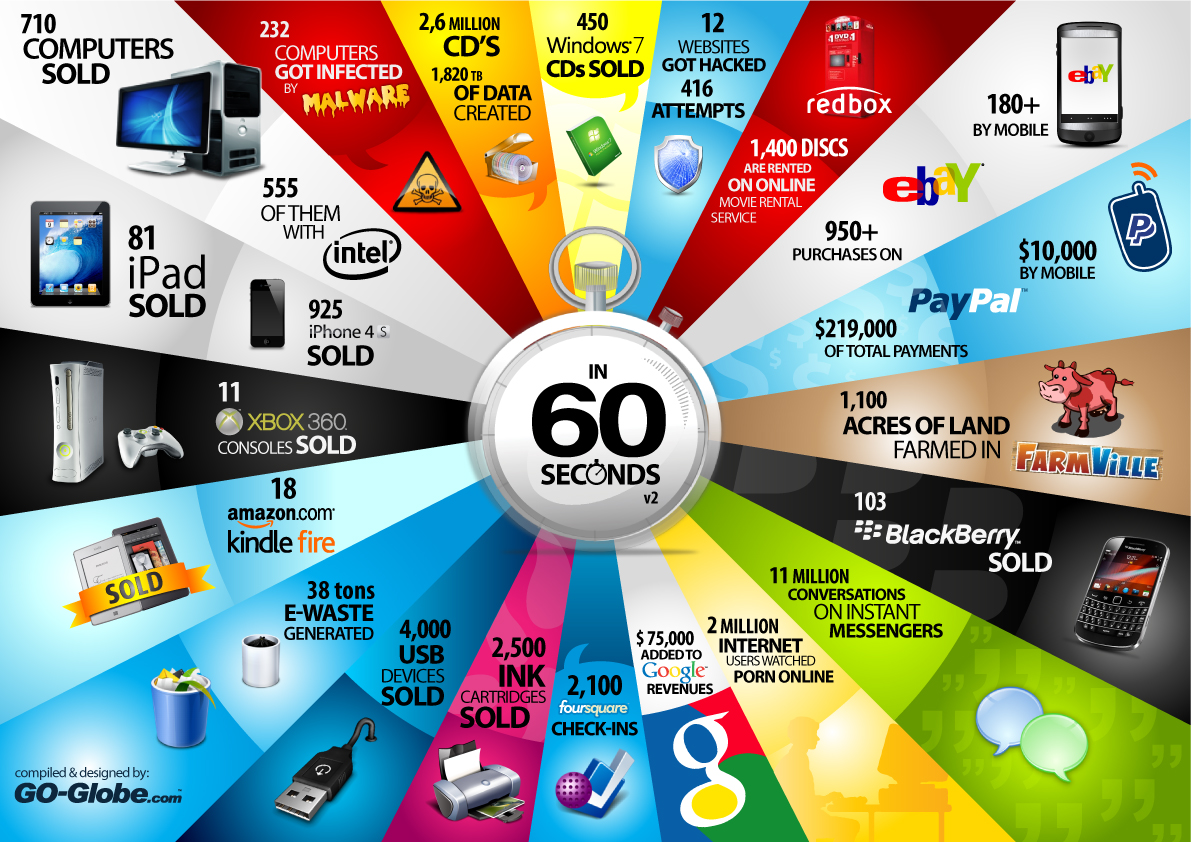This BYOD installment brought to you by, Bring Your Own Doctor
Is your mobile device so attractive that you can't keep your eyes off it? Is every phone call so life changing that you are unaware of your surroundings? Do you constantly have to update social media as if you were on a reality series? Do you feel useless unless you are tapping away on a touch screen? Have you come close to being in a bad accident due to being in a world of your own? If you answered 'yes,' then you might be a perfect candidate for the hot new mobile companion, Bring Your Own Doctor!!
Pedestrian injuries related to cell phone use are on the rise. Have you ever been so involved with your mobile device that you've bumped into, tripped over, fallen off, fallen in or hit by something because you were not paying attention to where you were going? You are not alone. A recent study shows that pedestrian cell phone-related injuries have more than doubled since 2005. Typically we hear of the horrors of using your mobile device while driving; the risk of personal devices on corporate networks; the dangers of downloading malicious apps and now distracted walking is becoming yet another hazard of this mobile craze.
 They looked at seven years of emergency room data (2004-2010) from 100 hospitals around the country which showed that bodily injuries (in public places, not at home) related to cell phones ranged from falling off walkways or bridges to walking in front of moving traffic. In 2010 the study found that 1,500 pedestrians were treated in emergency rooms for cell-phone related incidents, as opposed to 559 in 2004. The number has risen every year and could easily double again for the 2010-2015 time frame. The actual injuries are probably higher since many people are hurt and do not visit the ER. The under 30 crowd, specially those between the ages of 16 and 25, are the most at risk.
They looked at seven years of emergency room data (2004-2010) from 100 hospitals around the country which showed that bodily injuries (in public places, not at home) related to cell phones ranged from falling off walkways or bridges to walking in front of moving traffic. In 2010 the study found that 1,500 pedestrians were treated in emergency rooms for cell-phone related incidents, as opposed to 559 in 2004. The number has risen every year and could easily double again for the 2010-2015 time frame. The actual injuries are probably higher since many people are hurt and do not visit the ER. The under 30 crowd, specially those between the ages of 16 and 25, are the most at risk.
Are you surprised? I'm not. Everywhere you go, people have their devices out and head's down. People will go to the park, only to sit on the bench with their phones out. You can find plenty of 'falling into the mall fountain' YouTube videos due to people in a stare down contest with their phone. For pedestrians, talking on the phone accounted for about 69% of injuries, verses texting, which accounted for about 9%. This is not because texting is necessarily safer than talking and walking. Instead, it is probably because less people actually text while walking than talk while on foot. A couple of the injuries reported included a 14-year-old boy walking down a road while talking on a cell phone fell 6 to 8 feet off a bridge into a rock-strewn ditch, suffering chest and shoulder injuries. A 23-year-old man was struck by a car while walking on the middle line of a road and talking on a cell phone, injuring his hip. I'm sure you have your own story of some trip, slip or busted lip due to distracted mobile use.
We usually hear about the digital dangers of mobile use along with the dreaded distracted driver and now there's proof that putting one foot in front of the other - the crowning achievement of any infant - has too, succumbed to technology.
ps
Related:
- Study: Cell phone-related pedestrian injuries soar
- Distracted Walking: Injuries Soar for Pedestrians on Phones
- Texting While Walking Accidents: Video
- Girl Falls In Mall Fountain While Texting
- The New Wallet: Is it Dumb to Carry a Smartphone?
- Freedom vs. Control
| Connect with Peter: | Connect with F5: |
| |





